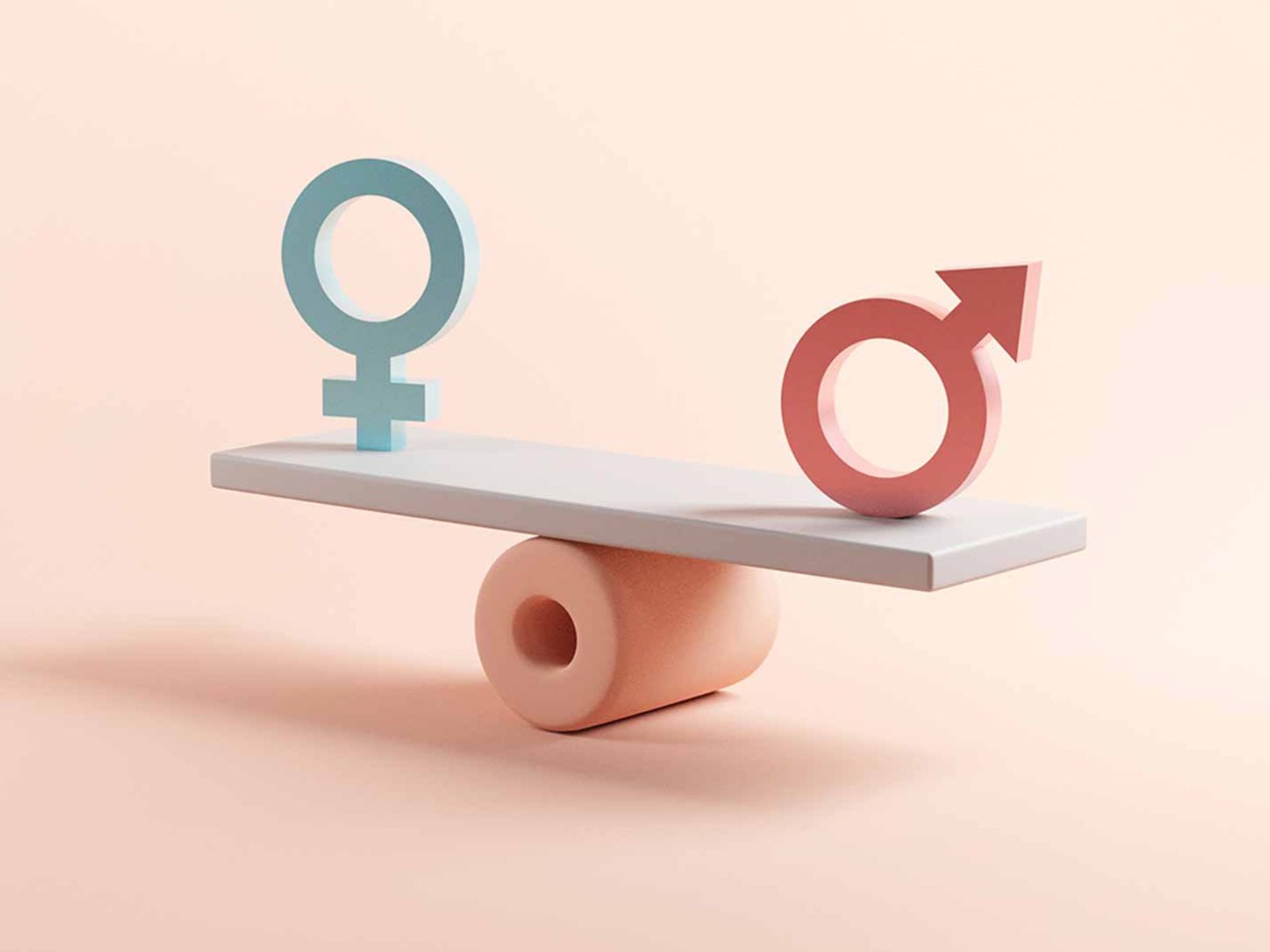
As the number of women in the workforce who are over 45 continues to grow in Europe and North America, the issue of how to manage menopause in the workplace has become something of a hot topic. The underlying demographic trends are similar across Asia Pacific, as part of the ‘grey tsunami’ of ageing populations. It’s estimated that more than a million Australian women have been or are going through menopause while working; in Japan, it’s as many as one in four working women.
While many women go through menopause with minimal discomfort, for some it is a debilitating experience. Hot flushes, exhaustion, irritability and even bouts of psychosis can be caused by the hormonal and physical changes that menopause entails.
The invisible woman
It’s also a time where women can feel invisible and lack confidence, as they see their natural reproductive years end. That can be a liberation but, for many, it is also a profound loss.
‘Most professional women won’t ever admit to being menopausal as it will signal their age’
For all of this to be experienced in an environment where menopause is not understood, discussed or supported is unacceptable. But the challenge of changing that is very different across the region.
In Australia, the idea of menopause and menstrual leave is still nascent. A handful of leading employers have instituted policies but there is no mandated requirement. Challenging this means changing attitudes to bodily functions, particularly women’s. The view of employees as units of production and physical or medical issues as constraints on production is still distressingly prevalent.
Even where the physicality of women’s bodies has been acknowledged by governments or employers, these issues remain. Japan has had menstrual leave since 1947 but fewer than 1% of employed women take it. And while the numbers are higher in South Korea, they are dropping.
Career risk
In a world where workforce participation, pay and authority all still skew towards men, it’s seen as a potential career risk to rely on policies aimed specifically at women. And adding ageism only makes it worse. As a colleague who has worked across many parts of South-East Asia told me, ‘Most professional women won’t ever admit to being menopausal as it will signal their age. You’re more likely to be seen as a grandmother, not an executive.’
None of this paints a particularly cheerful picture – even before we consider that the vast majority of women across the Asia-Pacific region struggle to be given the opportunity to participate in the formal workforce. In some countries, menopause provisions may even be counterproductive if they reduce the incentive for employers to recruit women.
Reset attitudes
Perhaps in a post-pandemic world we can take the opportunity to reset our attitudes to people and work more broadly. Yes, it is important to address menopause, menstruation, pregnancy and lactation, as women are so often penalised for experiencing them.
But perhaps we should also strive to create an employment model that reflects our humanity more generally – one that considers people’s health, relationships and contributions, and acknowledges the value that nurturing those creates.



